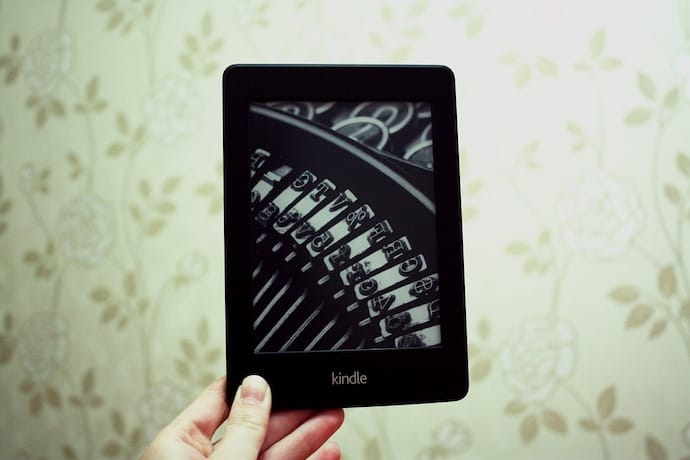It’s easy to see the pervading use of the internet in today’s world and few would argue with the convenience of the connected devices we now consult for our multifarious needs (real or perceived). But there was a bump in the road of our battery-powered existence in 2013: hardcover books outsold ebooks, seeing a 10% rise over a 5% drop respectively.
Setting the Scene
Sales figures of ebooks and e-readers are notoriously difficult to obtain due to the two largest marketplaces, Amazon and Apple, keeping these figures close to their chests. That said, compare 2013’s ebook drop with what was being touted in 2011: “HarperCollins has seen its ebook sales growing 5 to 10 percent, week-on-week” and “We’ve seen ebook growth outstrip our (total) sales this year by a factor of 10”.
Nonetheless, 2013 does appear to be a statistical outlier and when compared to the trend since 2008, ebook sales are on an upward trend. US ebook sales are expected to be 30 times greater in 2017 than in 2008, the first full year of the ebook world’s favoured son, the Amazon Kindle.
However, despite the widespread acceptance of smartphones, frequently-seen use of tablets on public transport and our near-reliance on personal computers, many are still loath to give up the printed, physical artefact.
So who are the ebook readers and who are the ‘Guttenberg’ readers?
A Compelling Protagonist: You?
A Harris poll amongst US readers in March 2014 found that almost half of American readers read only “hard copy books”, i.e. are ‘Guttenberg’ readers; 17% of American readers “read about the same number of hard copy and e-format books” whereas a mere 6% read exclusively in the electronic format”.
There’s no clear answer as to why ebooks have seen but a fraction of app downloads. At the time of writing, amazon.com shows that their biggest selling ebook of 2014 has 32660 downloads, while the biggest selling smartphone apps see downloads into the millions. Perhaps it’s because we view apps as providing a more ephemeral experience, little more than a fad. A book, on the other hand, says something about us; perusing someone’s bookshelf – as with their music collection – reveals who they are. We like people to know what interests and moves us, just as we like to know this about others.
And when was the last time you browsed through someone’s ebook library?
Well-stocked bookshelves also broadcast that we take an interest in what makes the world go round, that we enjoy extending our knowledge by investing our time in reading a book. So perhaps we’re also concerned that empty walls and an e-reader lying on the coffee table says comparatively little about us.
The Denouement
Ebook sales may be on the rise but the e-reading culture has a long way to go. Despite an additional device on which to consume the written word, and despite the ease it offers in buying and carrying around reading material, we are now reading less books than we used to.
And what appears to be happening with devices capable of, amongst other tasks, reading ebooks (i.e. tablets) is that people are purchasing said devices but relatively few are using them for book reading.
The question I’m left wondering is, what percentage of ebooks go unread?
Cover image via Pixabay (CC0)
